On the afternoon of April 11, Tra Vinh province held a ceremony to announce the decision of the Ministry of Culture, Sports and Tourism to include the Khmer Dom Long Neak Ta Festival in the list of National Intangible Cultural Heritage.
Dom Long Neak Ta Festival is also known as Ong Ta Festival. Neak Ta is considered by the Khmer people in Tra Vinh as the guardian deity of villages, communes, and families. This is a traditional festival associated with the culture and spiritual life of the Khmer people in Tra Vinh province, expressing the identity of the community, passed down through many generations.
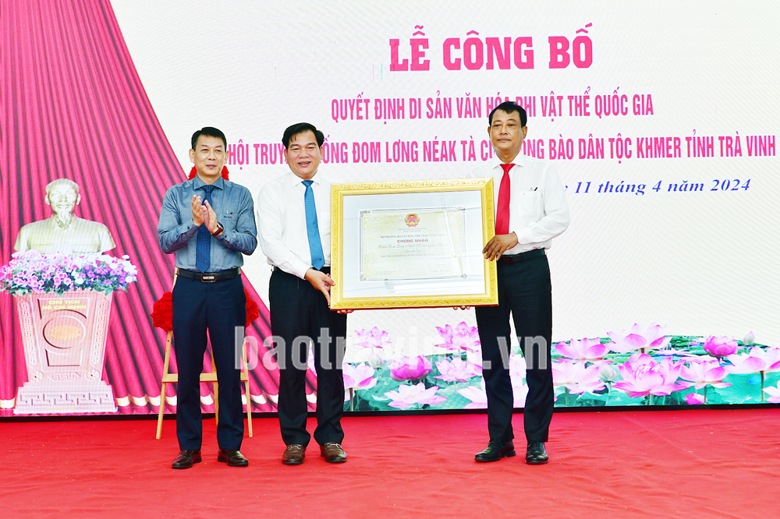
Representative of the Ministry of Culture, Sports and Tourism presented the decision to recognize the Dom Long Neak Ta Festival as a national intangible cultural heritage. Photo: Tra Vinh Newspaper
The festival is held annually by the Khmer community at the Neak Ta temples. According to statistics from the Tra Vinh province's cultural sector, there are currently 242 Neak Ta temples in the province.
Each Khmer village or hamlet chooses its own festival day, but most of them are held from March to May of the lunar calendar. This is the time when the weather gradually changes from the dry season to the rainy season, and farmers move from the idle season to the planting season.
According to cultural researchers, the Dom Long Neak Ta Festival has many similarities with the Ky Yen - Ha Dien festival in the Kinh people's communal houses. The festival used to last for many days, but now it is mostly held in 2 days.
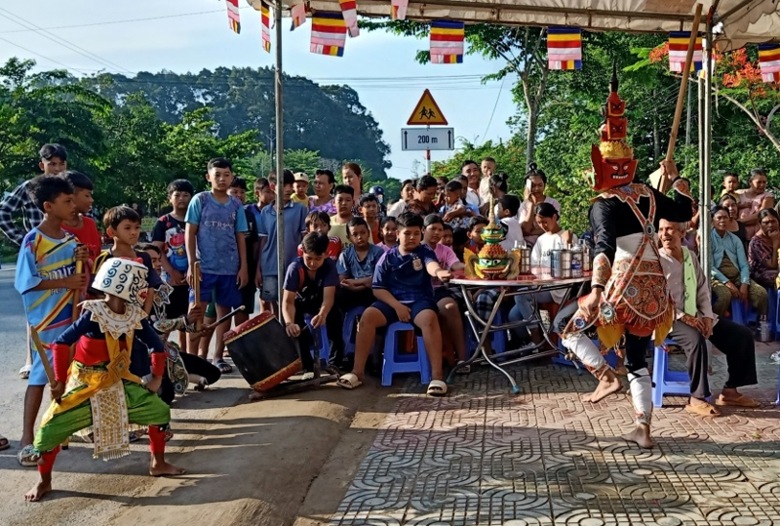
Monkey dance at the Dom Long Neak Ta Festival. Photo: VOV
Thus, Tra Vinh currently has 7 National Intangible Cultural Heritages; of which 4 heritages are traditional arts and festivals of the Khmer people, including: Cham Rieng Cha Pay art, Ro Bam art, Ok Om Bok Festival, Dom Long Neak Ta Festival.
The three remaining National Intangible Heritages are Vu Lan Thang Hoi Festival of the Chinese ethnic group in Cau Ke district; My Long Sea Worship Festival (My Long town, Cau Ngang district) and Southern Amateur Music Art.
Khanh Ngoc
Source



![[Photo] Closing of the 13th Conference of the 13th Party Central Committee](https://vphoto.vietnam.vn/thumb/1200x675/vietnam/resource/IMAGE/2025/10/08/1759893763535_ndo_br_a3-bnd-2504-jpg.webp)




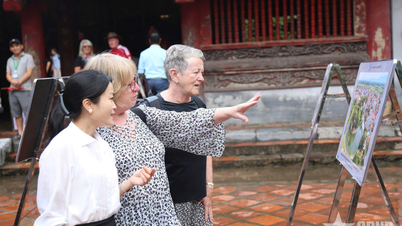





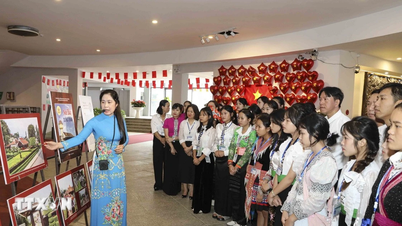





































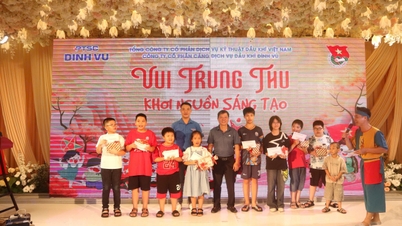
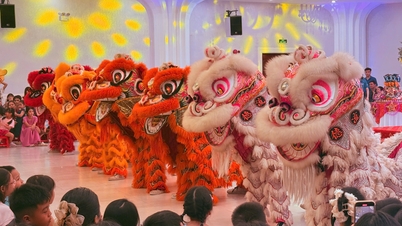






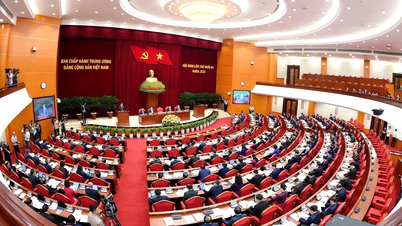















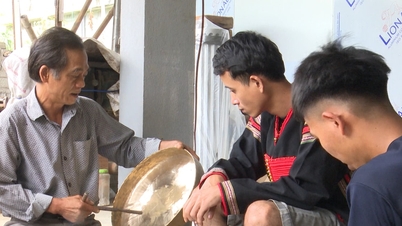

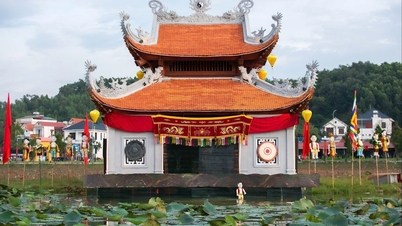














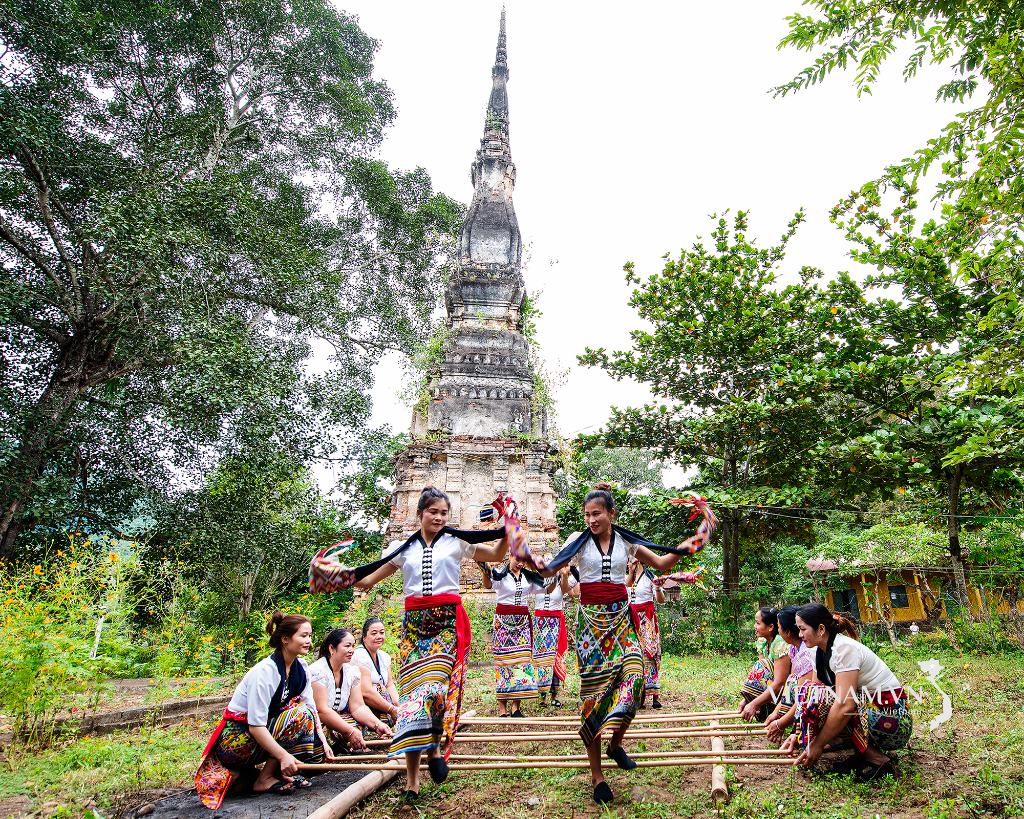



Comment (0)